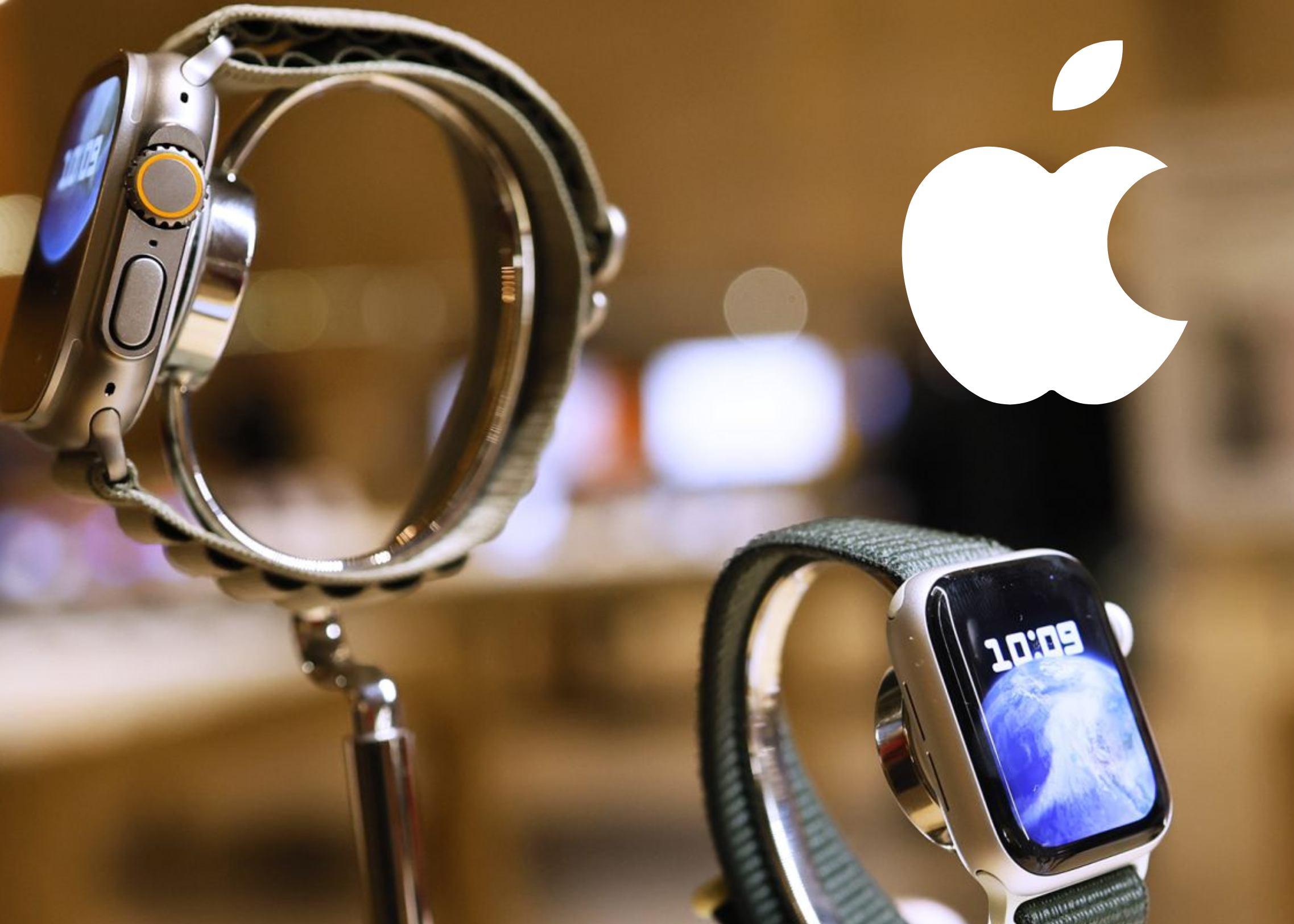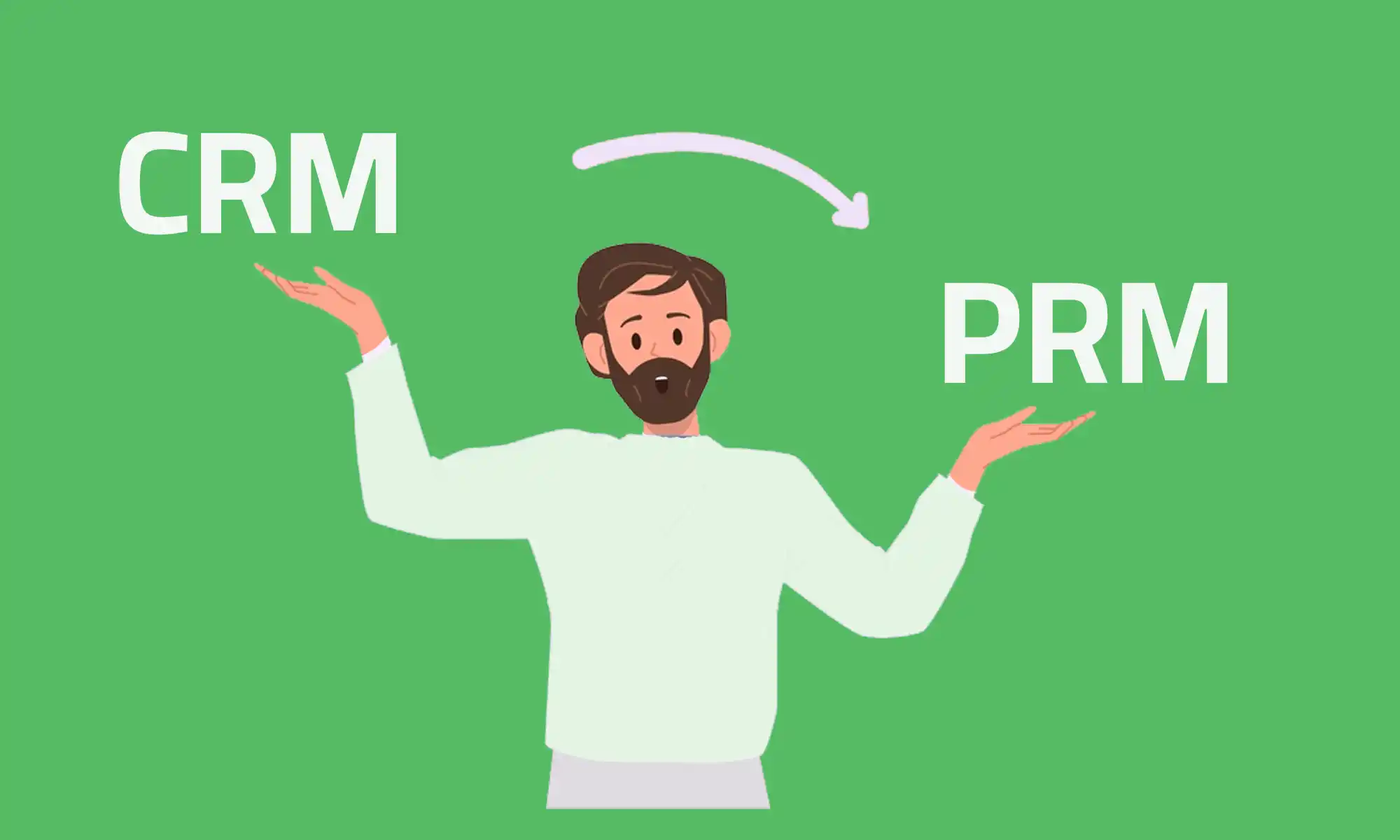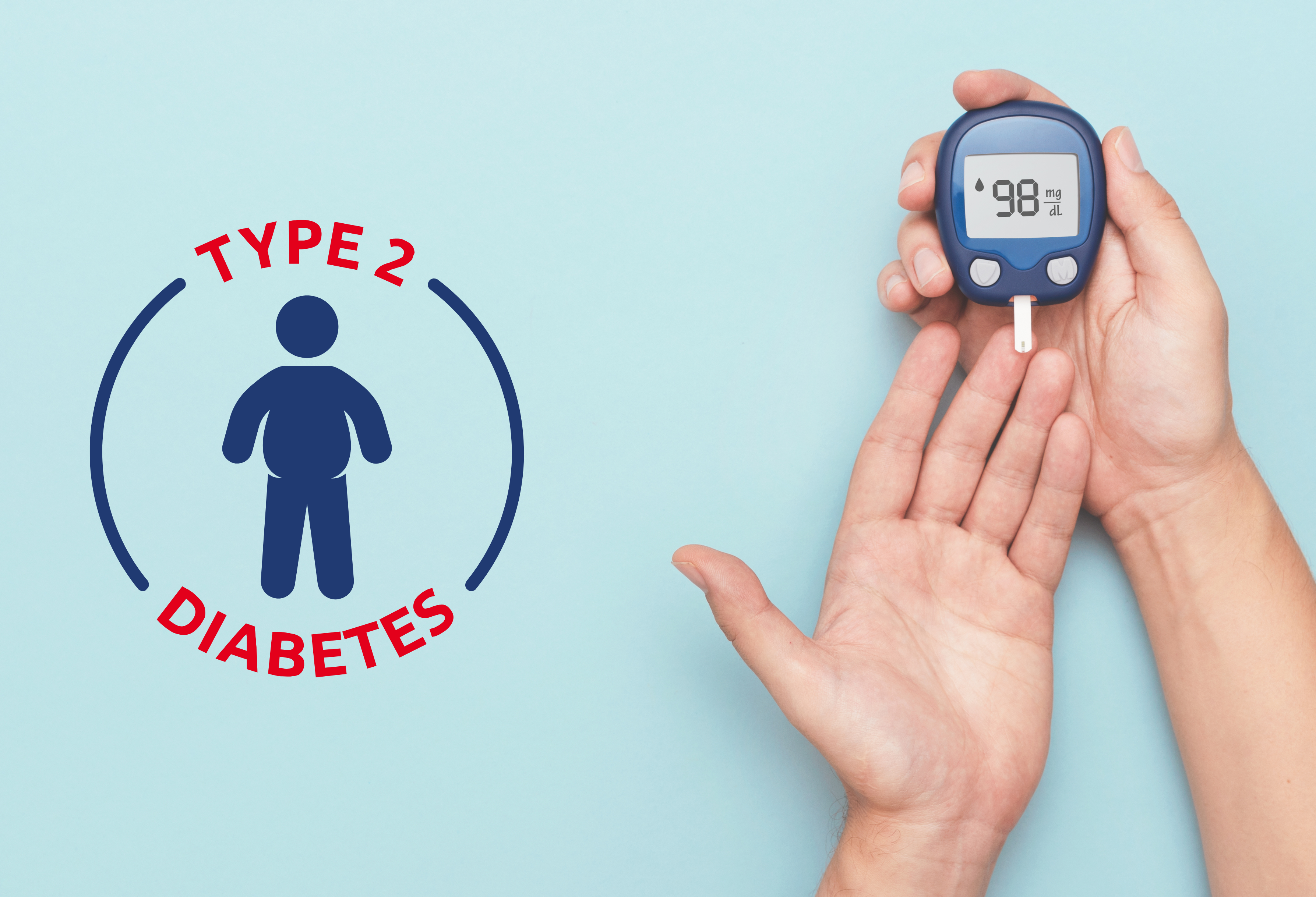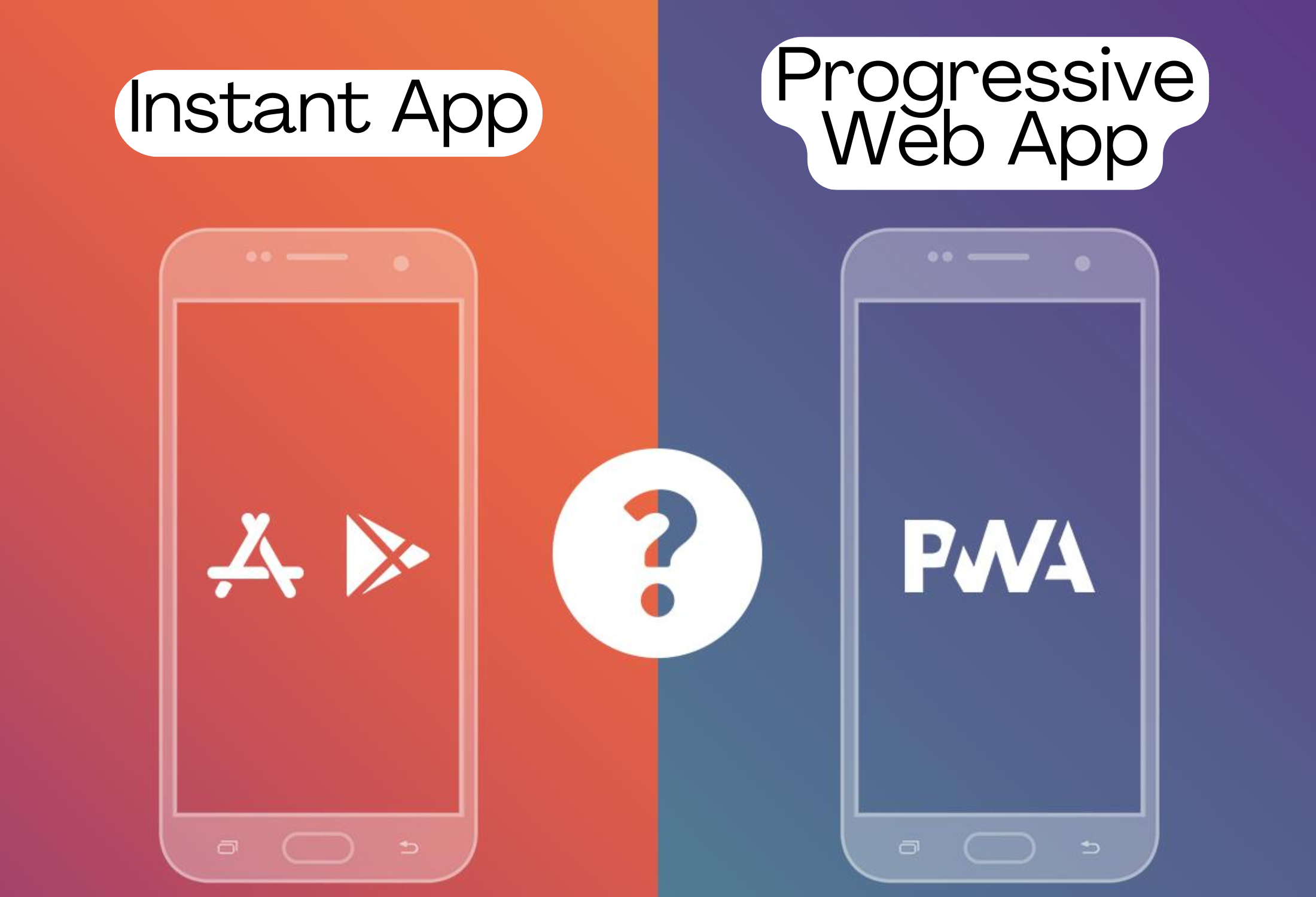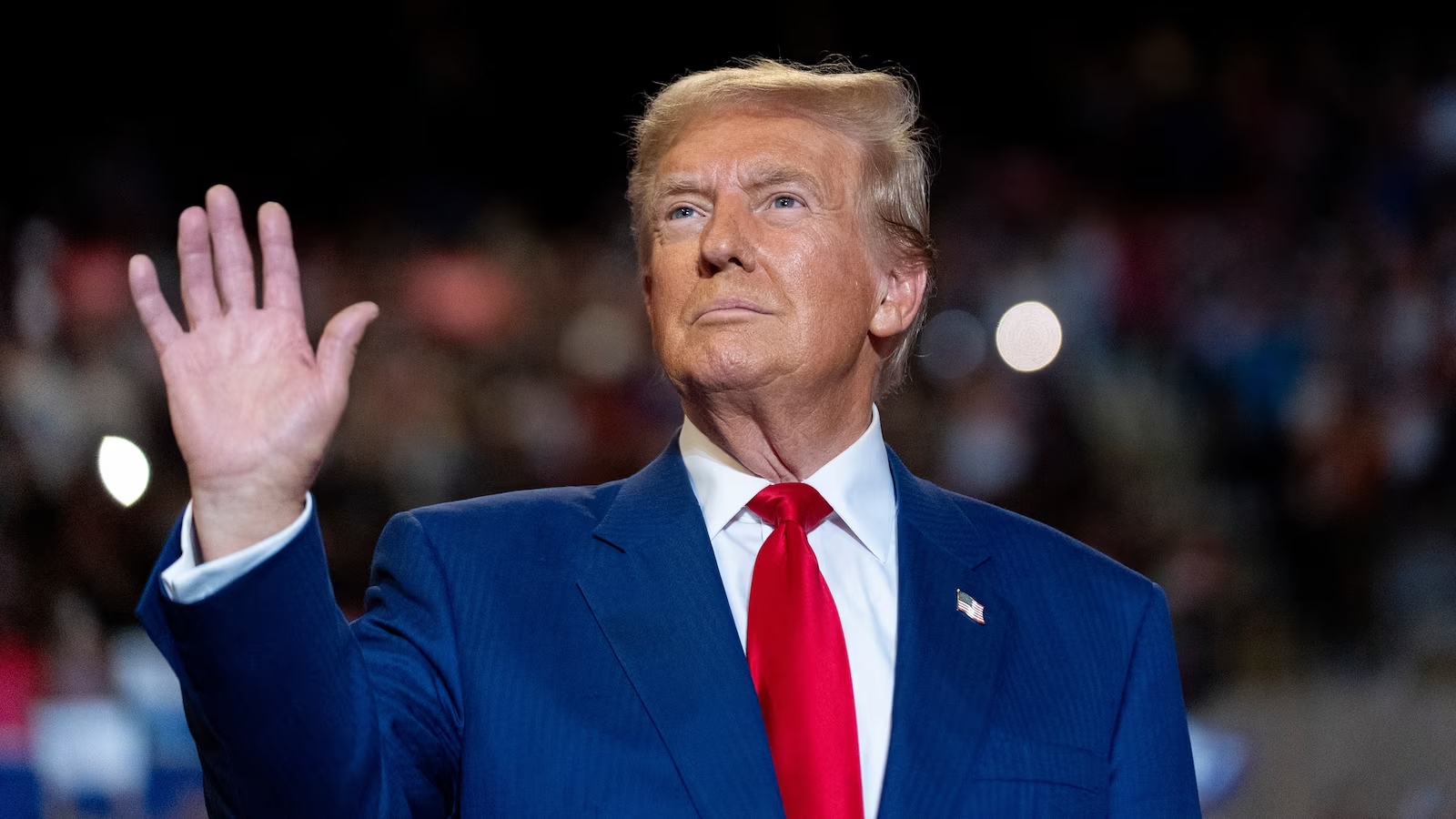Apple and Masimo, two giants in tech and healthcare, have been locked in a high-stakes legal dispute over patent rights. Their case, which centers on alleged design and functionality infringements in wearable health technology, recently took a pivotal turn. While Apple won the case, the implications of the ruling extend beyond the courtroom, impacting future innovation strategies and signaling shifts in the tech patent landscape. Here, we explore the details of the case, the key rulings, and what this means for the technology industry.
Overview of the Dispute
The Apple vs. Masimo dispute is part of an ongoing battle that began when Masimo claimed Apple’s flagship smartwatch, the Apple Watch, used Masimo’s proprietary health-monitoring technologies without permission. Specifically, Masimo alleged that Apple had integrated a pulse-oximetry function into the Apple Watch—technology it asserts is covered under its patents. Pulse oximetry allows wearers to measure their blood oxygen levels, a critical metric for fitness and wellness tracking, which has become a significant feature of health-focused wearable tech.
Apple introduced pulse-oximetry capabilities in its smartwatches, with a particular emphasis on Series 6, Series 7, and beyond. This feature allows Apple Watch users to monitor their oxygen saturation, helping identify potential health concerns related to lung and heart function. Masimo, a pioneer in pulse-oximetry technology, claimed this function was developed using its patented technology, which had been years in the making and backed by extensive research.
The conflict quickly became a cross-complaint battle. In response to Masimo’s allegations, Apple filed a countersuit, alleging that Masimo’s smartwatch design—including the W1 Freedom model and associated health modules—had copied several elements of Apple’s product design and functionality. Apple claimed this “copying” extended to visual design elements and functionality that the tech giant had already patented. Apple’s goal in the lawsuit, as clarified by its attorney John Desmarais, was less about financial compensation and more about enforcing its intellectual property rights to halt what it saw as design infringement.
The Jury’s Ruling: Minimal Financial Gains, Major Implications
A federal jury sided with Apple in its case against Masimo, ruling that the Masimo W1 Freedom smartwatch and health module designs had indeed infringed Apple’s design patents. However, despite Apple’s win, the jury awarded the company only the statutory minimum compensation of $250, which Apple had specifically requested. Apple made it clear from the outset that financial gain wasn’t its primary objective in this case. Desmarais, Apple’s attorney, stated, “We’re not here for the money,” indicating that Apple’s primary motivation was to stop Masimo from allegedly copying its designs.
This case, while financially minimal for Apple, carries more weight regarding patent enforcement in the competitive tech landscape. Apple’s core objective was to protect its brand identity and proprietary innovations—values that are at the heart of its global appeal. The verdict is a reminder of Apple’s proactive stance on defending its intellectual property, even when financial stakes are low.
- 3 Effective Strategies to Slow Brain Aging in Type 2 Diabetes
- 7 Common Phrases Crypto Shillers Love (and What They Really Mean)
- A Thorough Comparison to Help Decide between PWA vs Instant Apps
However, Apple’s efforts to stop Masimo from selling similar products were not entirely successful. Although the jury found that the original designs of the W1 Freedom model and its health module had infringed Apple’s patents, Masimo clarified that these findings applied only to discontinued products. According to Masimo, the infringement ruling affects an outdated version of its health module and charger, not the products currently on the market.
Masimo’s Response and Defense
Masimo, well-established in the medical technology industry, responded assertively to the verdict. The company issued a statement highlighting that the jury’s ruling applied solely to older models that it no longer manufactures or sells. Masimo emphasized that the case focused on past designs rather than current or future product offerings.
In its public statement, Masimo acknowledged Apple’s pursuit of an injunction against its existing smartwatch and health-monitoring devices but asserted that the jury’s decision effectively blocked Apple from restricting the sale of its current products. From Masimo’s perspective, this was a win, as the company’s current product lineup remains unaffected and available for consumer purchase.
Masimo’s response also underscored its dedication to innovation in the medical and health-monitoring technology fields, portraying itself as a pioneer and defending its right to develop independent products. Masimo is one of the earliest adopters and developers of pulse-oximetry technology, having spent years researching and refining its capabilities.
Apple’s Pulse-Oximetry Challenge in the U.S. Market
A central component of the broader dispute between Apple and Masimo involves the pulse-oximetry function available in Apple Watches. This feature enables wearers to measure blood oxygen saturation levels, which has become increasingly popular for health-conscious consumers. However, this technology has also been a point of contention for Masimo, which claims that Apple has used patented elements of its pulse-oximetry advancements without authorization.
Due to ongoing litigation, Apple has had to make adjustments to its smartwatch lineup. For instance, the latest models—Apple Watch Series 9 and Apple Watch Ultra 2—were released without the pulse-oximetry function in the U.S. market. This decision was influenced by legal constraints, as Apple faces an import ban on watch models that feature this technology. The lack of pulse oximetry in the U.S. is an inconvenience for American users but is available in international models where these legal restrictions don’t apply.
Apple’s choice to disable this function in the U.S. while offering it in other markets highlights the challenges of balancing innovation with regulatory and legal pressures. Apple has filed an appeal to overturn the import ban and reinstate the pulse-oximetry feature in U.S. models, showing its commitment to defending its product capabilities. However, this ongoing battle is indicative of the complex patent landscape within the health-tech industry.
How Patent Disputes Shape Tech Innovation
The Apple-Masimo case is a high-profile example of how patent disputes influence innovation in the technology sector. As wearables and health-monitoring technology continue to evolve, companies are increasingly vigilant about protecting their intellectual property. With so many players investing heavily in research and development, safeguarding proprietary technologies is essential for maintaining competitive advantage.
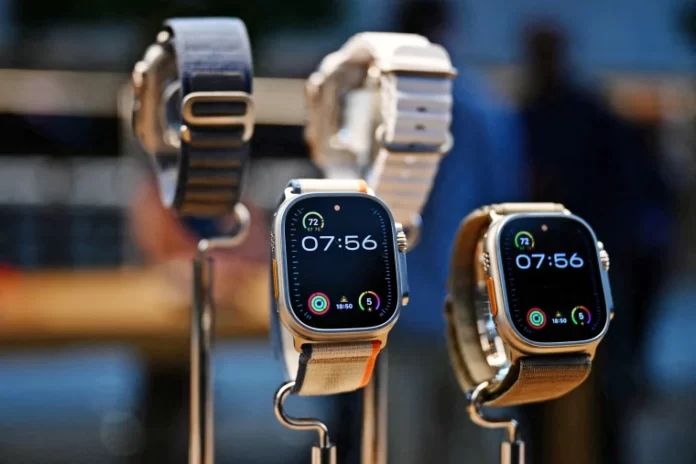
Apple’s position as a market leader means it often finds itself in the crosshairs of intellectual property disputes. However, the company’s approach in this case—seeking minimal financial compensation while aiming to enforce design rights—underscores its intent to guard its brand reputation rather than focusing on monetary gains. Apple’s choice to take a stance on principle, rather than profit, reinforces the value it places on original design.
For Masimo, the dispute serves as a reminder of the importance of distinguishing its designs from those of other industry players, especially giants like Apple. In the wearables space, where product appearance and functionality are paramount, ensuring that new designs remain clearly identifiable as unique is critical.
Key Takeaways for the Technology Industry
The Apple-Masimo patent dispute highlights several important considerations for tech companies navigating patent rights and innovation:
- Intellectual Property as a Strategic Asset: Patent ownership is becoming more strategic, with companies like Apple using intellectual property not only as a revenue stream but as a way to deter potential competitors from replicating design elements. This case exemplifies how enforcing patents protects both market position and brand identity.
- Product Design Integrity: The focus on design patents in this case underscores the value companies place on product aesthetics as a form of competitive advantage. Distinctive designs play a crucial role in consumer perception, making design patents a valuable aspect of a brand’s intellectual property.
- Health Tech Complexity: The wearables market, especially in health monitoring, is a unique intersection of technology and healthcare. With regulatory and technological challenges, companies in this space must navigate not only consumer demand but also the legalities surrounding proprietary health-monitoring features.
- Global vs. Local Product Offerings: Apple’s decision to limit pulse-oximetry functionality in U.S. models demonstrates how companies may need to adapt products based on region-specific legal requirements. This trend could result in more localized product versions tailored to different regulatory landscapes.
- Long-Term Impact of Legal Battles: Patent disputes like the Apple-Masimo case can have ripple effects throughout the industry. Companies may become more cautious in their design processes, leading to increased focus on differentiation and innovation.
- Cost of Legal Enforcement: Apple’s approach—pursuing only minimal damages to prioritize design integrity—suggests that companies may increasingly view legal enforcement as a means of preserving long-term brand value rather than generating revenue.
The Road Ahead for Apple, Masimo, and Wearable Tech
The ruling in Apple’s favor, although modest in financial terms, sends a strong signal to competitors in the wearables and health tech sectors. Apple has shown that it is willing to protect its design and intellectual property, even if it means pursuing cases for minimal monetary gain. This decision may influence other tech companies to adopt a more assertive stance on intellectual property enforcement.
As for Masimo, the company will likely continue to develop its wearable technology while being mindful of design differentiation. With the health tech sector becoming more competitive, maintaining a unique identity will be crucial for Masimo’s success in the market.
Ultimately, this case emphasizes the growing value of design in wearable technology. The implications extend beyond Apple and Masimo, touching on broader industry trends and shaping the future of tech innovation.
